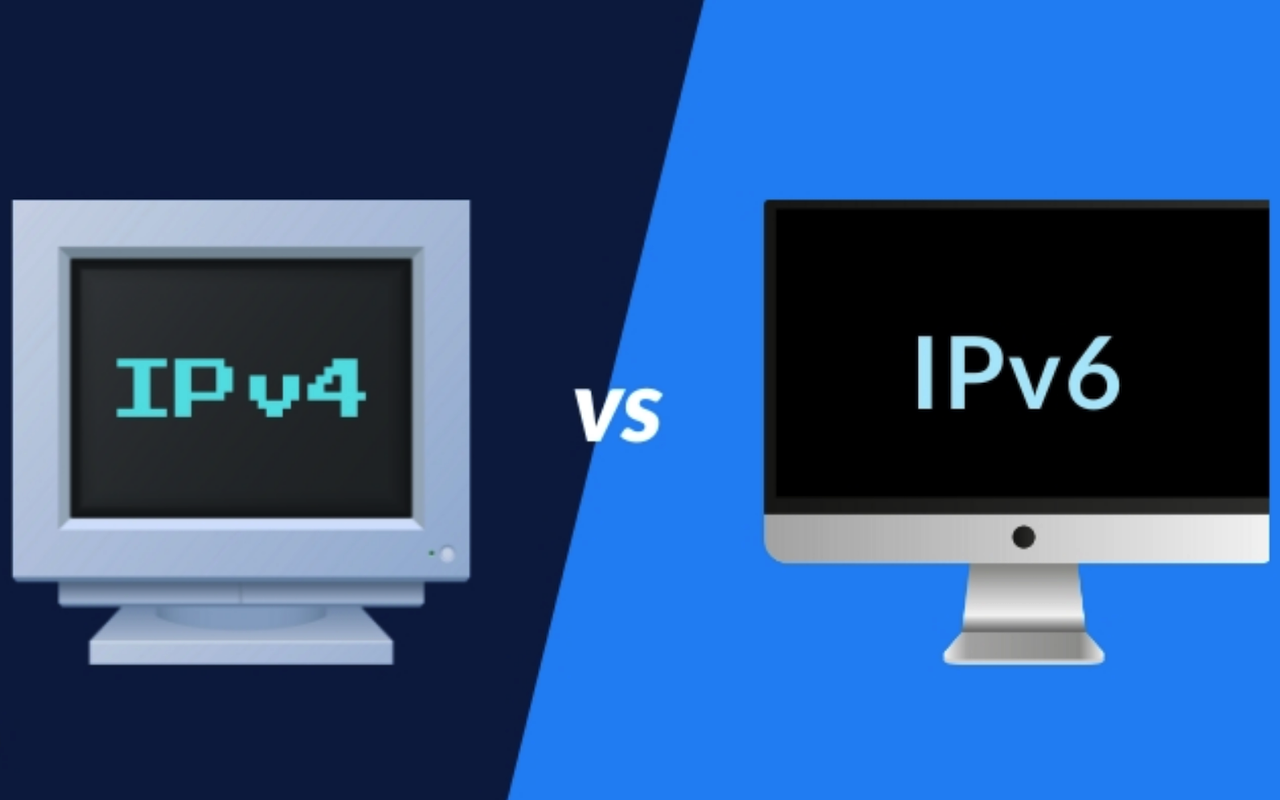
In an increasingly digital financial world, security and identity verification have become key battlegrounds for both developers and end users. The convenience of web-based platforms allows anyone to trade, invest, or manage money from anywhere, but it also introduces complex security challenges. Whether you’re logging into an online banking dashboard or using a Forex trading app, the system must verify that you are really the person behind the screen.
That’s where browser fingerprinting and anonymity tools enter the picture. Each plays an opposing role in shaping how financial services function securely in the age of remote access and global users.
Understanding Browser Fingerprinting
Browser fingerprinting is a tracking technique that collects detailed information about your device and browser to create a unique “fingerprint.” This fingerprint can include:
- Browser type and version
- Installed fonts and plugins
- Screen resolution and color depth
- Operating system
- Time zone, language, and IP address
When combined, these details can uniquely identify a user, even without cookies or login credentials. For financial services, this technique has both practical and controversial implications.
Financial platforms use fingerprinting to prevent fraud, detect multiple accounts from the same device, and identify unusual login behavior. For example, if a user typically logs in from a laptop in Paris but suddenly appears on a mobile device in Jakarta with a different IP and screen configuration, the system may flag the session as suspicious.
However, privacy advocates argue that this same technology can infringe on user anonymity and data rights, especially if collected without transparency.
How Financial Platforms Use Fingerprinting For Security
In online finance, verification extends beyond passwords. Fingerprinting acts as a silent layer of authentication that strengthens identity assurance.
1. Fraud Prevention
When trading platforms detect multiple logins from identical device fingerprints but different accounts, they can stop potential abuse such as account farming, insider manipulation, or bonus exploitation.
2. Session Validation
Browser fingerprinting helps ensure session integrity. If your fingerprint changes mid-session, for example, because you switched from VPN to non-VPN, the system may terminate access to prevent session hijacking.
3. Regulatory Compliance
Financial institutions are required under anti-money-laundering (AML) and Know Your Customer (KYC) regulations to verify user identity. Fingerprinting supports these frameworks by linking activity patterns to verified users, helping institutions detect suspicious behavior early.
This technology is now so effective that even many cybersecurity experts acknowledge it as an essential complement to traditional login and device verification systems.
The Rise Of Anonymity Tools

On the other side of the spectrum, anonymity tools such as VPNs, proxies, Tor browsers, and privacy extensions are designed to conceal digital fingerprints. They mask IP addresses, randomize browser details, and block tracking scripts, making it harder for websites to identify or profile users.
For everyday internet users, these tools provide much-needed privacy. But in the world of web-based finance, they complicate security and compliance workflows.
Imagine a trader using a VPN to access their account from multiple countries in a single day. To a bank or trading system, this can look like multiple suspicious logins rather than a legitimate user protecting privacy. Some systems even auto-block logins from known proxy networks to reduce the risk of fraudulent activity.
When Privacy And Regulation Collide
Financial services must balance two seemingly opposing goals: user privacy and security compliance. While anonymity tools empower users, excessive obfuscation can violate AML rules or trigger automated fraud systems.
The European Union’s General Data Protection Regulation (GDPR), for example, emphasizes transparency and user consent for data collection, including fingerprinting. However, it also allows limited tracking for “legitimate interests” such as preventing fraud. This gray area has led to ongoing debate about how far financial institutions can go when monitoring user activity online.
According to a recent analysis by the Electronic Frontier Foundation (EFF), fingerprinting remains one of the most powerful, and least understood, tracking methods on the web. While they advocate for more control and transparency, they also recognize that certain use cases, like preventing account theft or bot attacks, justify limited implementation.
The Future Of Fingerprinting In Financial Services
As artificial intelligence and predictive analytics evolve, fingerprinting is moving beyond static device traits. In 2025, some financial systems are integrating behavioral biometrics, tracking how a user types, moves the mouse, or taps a mobile screen, to build behavioral fingerprints.
Combined with machine learning, these systems can analyze millions of variables in real time to spot anomalies and stop fraudulent transactions instantly. However, as accuracy improves, so does the potential for misuse if such data is shared without proper regulation.
For fintech developers, the challenge is to design platforms that offer layered protection without alienating privacy-conscious users. Transparency, opt-in data policies, and anonymized logging can help maintain trust.
What Traders And Developers Can Do
For users, understanding how these systems work is the first line of defense. Using privacy tools responsibly, avoiding constant IP switching or excessive spoofing, helps maintain access to secure financial services without raising false security flags.
For developers, building adaptive authentication models is essential. Systems that weigh multiple factors (fingerprint, location, login history, behavioral patterns) can make better decisions than those relying solely on rigid rules.
Conclusion
Open communication about what data is collected and why is key. When users understand that fingerprinting helps prevent unauthorized access rather than exploit their data, they are more likely to trust the system.
Browser fingerprinting and anonymity tools sit at opposite ends of the digital identity spectrum. One strengthens security through traceability; the other protects privacy through concealment. As financial platforms evolve, the most effective systems will balance these forces, ensuring safe, compliant transactions without eroding user trust.
In the era of globalized, web-based finance, both technologies are here to stay. The real question is not whether they’ll coexist, but how developers and regulators will define the boundaries between anonymity and accountability in tomorrow’s financial internet.
Images by Freepik.




Comments (0)
No comment